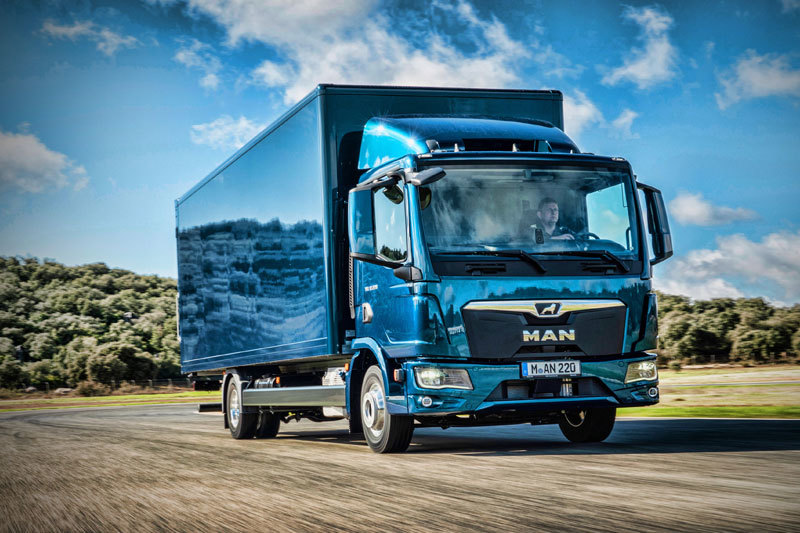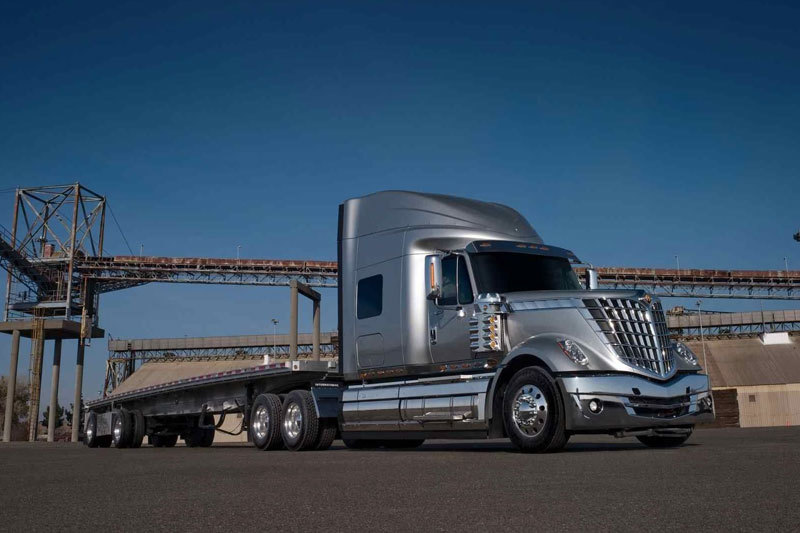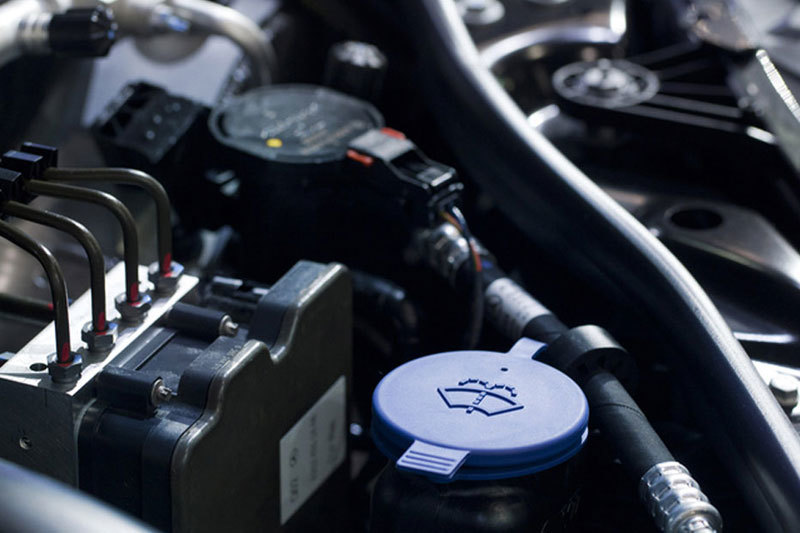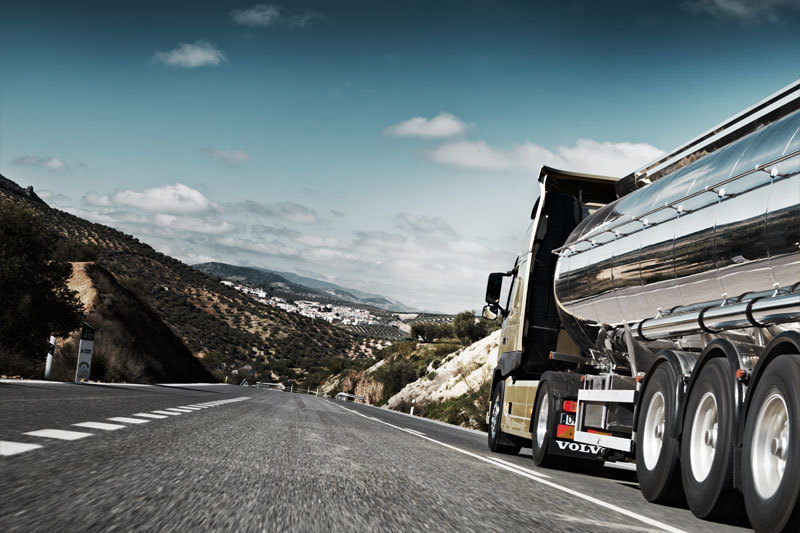How to solve the problem of truck brake failure?
Release time:
2024/09/09
Share:
When the brake fails, the driver should first remain calm and avoid panic. Grasp the steering wheel firmly to ensure stable driving direction
Emergency response measures
Stay calm and grip the steering wheel tightly:
When the brake fails, the driver should first remain calm and avoid panic. Grasp the steering wheel firmly to ensure stable driving direction, try to maintain straight driving, avoid sudden turning of the steering wheel, and prevent the vehicle from losing control and rolling over.
Attempt to use engine braking:
Quickly shift the transmission to a low gear and use the engine's resistance to reduce the vehicle speed. For manual transmission trucks, you can shift from high gear to low gear in sequence, but be careful not to shift directly into first gear while driving at high speeds to avoid damaging the transmission. For automatic transmission trucks, they can be switched to manual mode or low-speed gear.
At the same time, the accelerator pedal can be released to gradually reduce the engine speed, further increasing the braking effect of the engine.
Use the handbrake for braking:
If the speed is not very fast, the handbrake can be used cautiously for braking. But be careful not to pull the handbrake all at once. It should be slowly and evenly pulled to avoid causing the vehicle to slide or spin.
If the vehicle is equipped with an electronic handbrake, long press the electronic handbrake button to activate the emergency braking function. However, the electronic handbrake operation methods may vary among different vehicle models, and drivers need to understand their own vehicle operation methods in advance.
Find obstacles for friction deceleration:
If none of the above methods can effectively reduce the speed of the vehicle, you can look for obstacles on the roadside, such as slopes, walls, guardrails, etc., and slow down the vehicle by lightly colliding with the obstacles. But when choosing obstacles, try to choose softer objects such as mounds of soil, bushes, etc., to reduce damage to vehicles and personnel.
When colliding with obstacles, try to keep the front of the vehicle in contact with the obstacle as much as possible to avoid side collisions and reduce the risk of vehicle loss of control.













